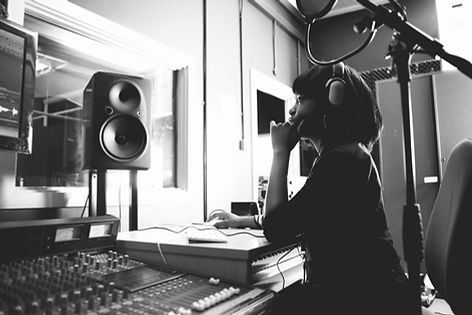

THE HISTORY
1930
In the 1930s, a Californian dancer named Dean Collins decided to go "to the temple of swing" to learn to dance the "swing". Each dancer at that time has a very marked style and that of Dean will gradually evolve to a dance without bounce (right & fluid). He joined Los Angeles in 1937 on the west coast of the United States.
In the 1940s and 1950s, Dean devoted himself to making films for Hollywood (with the local dancers who were his students). Hollywood will give the name "Jitterbug" to this dance that remains for Dean "just swing". The diffusion of this style of dance is then global, thanks to the films and the American soldiers of the Second world war.
In the 1950s, good dancers danced the Western Swing as "East Coast Swing". In fact, beginners learned East Coast Swing, and once a certain level was reached, they saw the style of Western Swing. The Western Swing has been enriched with 6-time passes adapted from East Coast Swing.
Until the early 1990s, the West Coast Swing was dancing on swing, often more or less rapid blues interpreted between ballroom dancing, lindy-hop and boogie-woogie. But in 1996, a new trend was felt, starting to incorporate funky rhythms into the dance.
Find out more HERE



POP
BLUES
HIPHOP
The Dance
MOVEMENT
-
"Lead and follow" dance that emphasizes the "conversation" between the partners. A "leader" is responsible for creating patterns and is encouraged to create opportunities to allow followers to shine. A "follower" is responsible for accomplishing the intention of the "leader" and is encouraged to interpret according to the general intent of the "leader".
-
Usually danced in a linear fashion: the "follower" moves towards the ends of the dance line while the "leader" usually remains in the center.
CONNEXION
-
All movements usually end with an anchor; the partners are stretched opposite each other. This elasticity (stretch) is what creates the relaxed look of the style. In comparison with other swing styles, the West Coast swing is based on the "anchor" at the end of each movement.
-
This style of dance is very personalized. West Coast Swing is difficult to describe because its style varies with each person while resting on common ground.
COMMUNAUTY
-
An open and welcoming place: the West Coast Swing community makes you feel comfortable no matter the level and no matter the role. All can be "lead", "follow" or both, and all are welcome, from beginners to experts. A world of possibilities.
-
West Coast Swing offers many ways to approach dance. Whether for casual dance, competition or continuing education.



